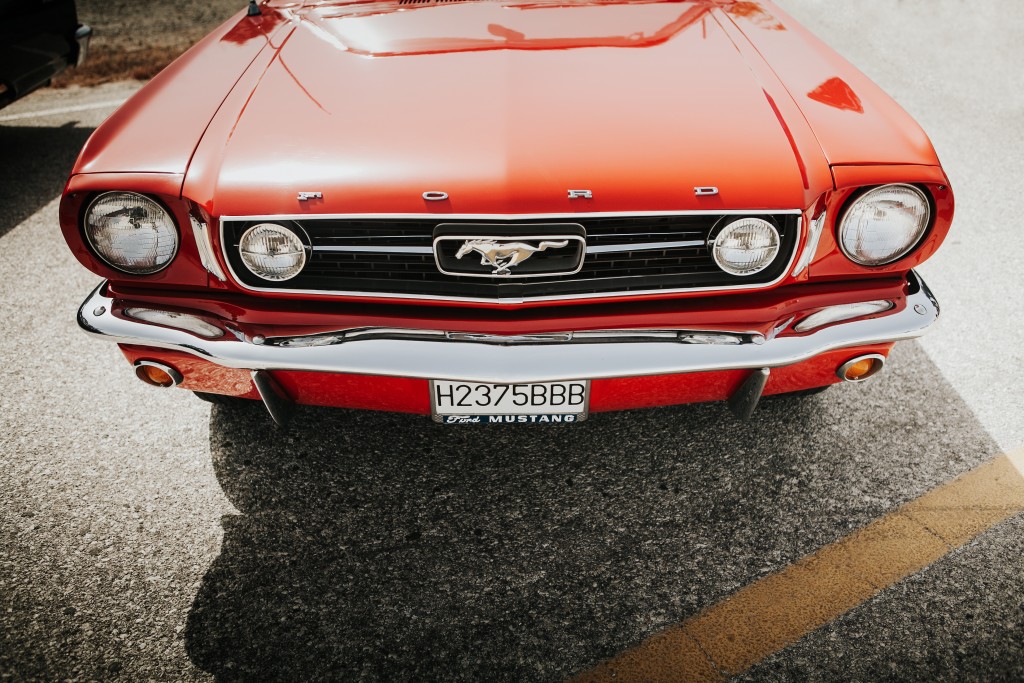Restoring a car almost older than you is the ultimate dream of car enthusiasts. Many get into classical car restoration because they want to look back into an item that reminds them of a specific time in their past. Similar to people listening to old songs, restoring a classic car ignites a certain emotion inside a person’s mind and reminds them of the good times they felt when they were young.
Some also get into classical car restoration because it is a family heirloom or something that they cannot afford when they were kids. Some engage in collecting toys because once upon a time in their life, they wanted one, but their parents cannot buy them one, for one reason or another. Either way, some treat it as a missing puzzle piece that can supposedly complete their childhood. Some look at vintage car restorations as something to profit from.
In 2015, a Forbes article featured the classical car restoration business as the new big business that has been capturing the hearts and minds of millions of car enthusiasts in America. People in the business call out how difficult it has become to find new skilled people to restore old vehicles to their top form. As the older generations slowly fade away, the secrets and skills are also fading away with them. Millions of people are still attracted to cars; it takes a while to find people who can restore vintage ones. These cars carry a lot of history between their era and today. The interest is there, but the skill is lacking.
Restoring a vintage car today is a difficult road to trek. Is it still worth it? What are the pros and cons of restoring a vintage car today?
Pro: Bragging Rights
Vintage cars are extremely rare. Restored ones are even rarer. Having a vintage car is the ultimate badge and show of love for automotive history. A running vintage car can surely turn heads on a highway or a car show. Classic cars have a certain allure and appeal to them that can never be replicated by vehicles today.
Even though cars today are more efficient and environmentally friendly, having a working vintage car is a rare sight to see. Because most of them are outdated, no one expects them to be still alive and present to drive. The restoration gurus for the car might be too old to work on them. There are a lot of factors that make a car rare.
Con: Expensive Interest
It is no secret that classical car restoration is a costly hobby to have. Based on industry forecast, by 2023, the classic car industry will balloon to $33 billion. There is no increase in the number of classic cars that can be restored; there will only be more expensive parts.
Parts are the most difficult elements to obtain in classical car restoration. Some vehicles don’t even exist anymore. Most car restoration facilities can only provide replicas for the parts that you might need. Even replicas are expensive as well. Be sure that you wholeheartedly enter the venture if you really want to enter your car into restoration mode.


Pro: Expensive Asset
A vintage car that is unrestored and unrepaired is expensive by itself. A restored one is multiple times more expensive, even with the added cost of the parts. A vintage restored car is a costly asset to have today. Millions of people are looking for vintage cars. People have different reasons.
However, the most prominent reason is to collect. Vintage cars are extremely sought after, especially by millionaires and billionaires. Valuating a classic restored car can net you up to 5 digits in U.S. dollars. Its rarity and design add to its novelty. The rarer the car, the more expensive it is. For reference and historical value, the 1962 Ferrari 250 GTO was sold for a whopping $70 million in an auction. Restoring the right car can become your ticket to a rich lifestyle.
Con: Long-Term Project
Unfortunately, restoring a car is, most of the time, a long-term project to undertake. Some restoration detailing can take years to uphold. The reasons why it takes so long for people to restore a car may vary. Some find the venture too expensive to dive in all at once, so they do it piecemeal. Some find the search for parts the most difficult element of restoration. Auto glass repair is the easiest part of the process, especially if you are not delicate and sensitive with your parts.
The parts of the car may be located somewhere else around the globe. It may take them a few trips abroad and many phone calls to get the part they want. A working engine that is old may not be found anywhere else at all. All the inconveniences can add up months to the project and can derail some of your restoration plans, even if you have the budget.
Having a vintage car restored will take time, money, and effort. Knowing these factors can help you decided whether going through the process is worth it.







